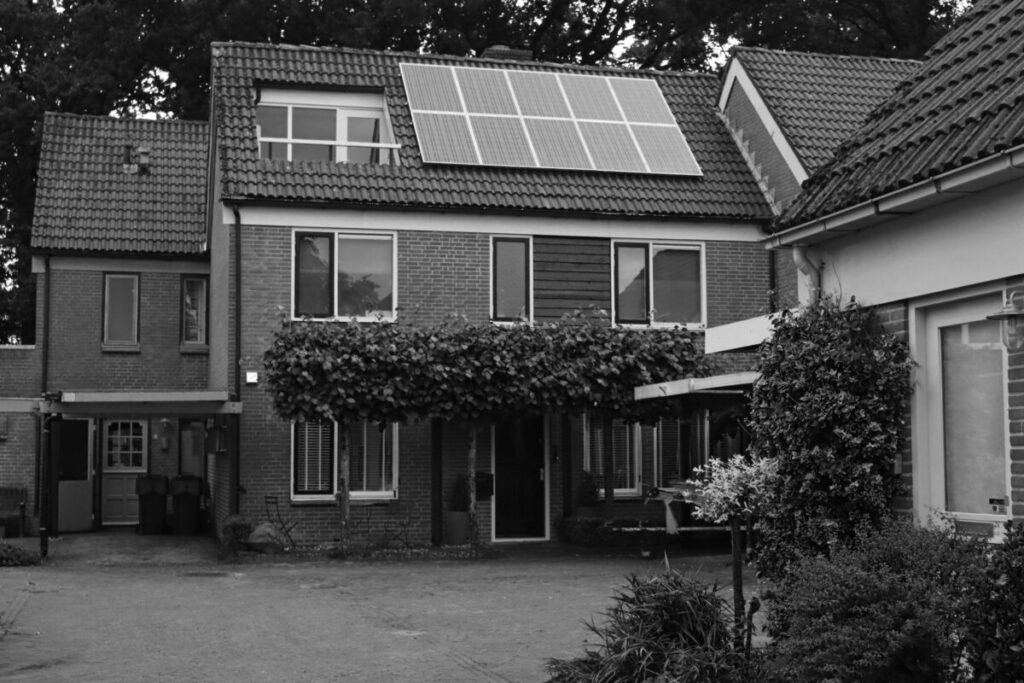Analysis of feed-in tariff scenarios in Central and Eastern Europe shows that although high feed-in rates are linked to the acceptance of residential solar sun, lower rates rather encourage battery installations. The study proposes a moderately low series of rates as a compromise to support both technologies.
Homeowners in Central and Eastern Europe are encouraged to install solar energy and battery storage at different levels of feed-in rates, according to new research.
The research paper “Decisions in Feed-In Tarif scenarios for stimulating clean technologies in Central and Eastern Europe“Available in Solar energyExplains that feed-in rates play a crucial role in acceptance of storage on solar energy and residential battery, but says that their interaction is not being investigated sufficiently.
The study uses the acceptance of clean energy in the residential sector (Cleas) model to simulate the diffusion of solar energy on the roof and the storage on the roof under various input tariff scenarios in Bulgaria, Croatia, Czechia, Poland, Romania.
The results show that lower feed-in rates create a better environment for the absorption of the battery, but the optimum speed between countries also requires factors into account, including the existing penetration of solar energy and local electricity prices on the roof.
Higher feed-in rates, in particular those from approximately € 0.10 ($ 0.11) to € 0.15, the battery storage did not appear to stimulate, instead leading to a rapid acceptance of PV systems on the roof in all countries.
“IN-scenarios with very low feed-in rates, the acceptance of the battery is limited by the limited growth of PV systems on the roof, while excessively high feed-in rates reduce the stimulus for households to invest in batteries, “” wrote Áron Dénes Hartvig, author of the study of Corvinus University of Budapest’s Department of Decision Sciences. “This imbalance between PV diffusion and battery storage could lead to challenges for the energy system, in particular because of the peaks of solar generation during the day, which can overwhelm the grid without sufficient storage capacity.”
A moderately low range of feed-in rates was identified as optimal for balancing such dynamics, although the optimum level between countries varied. The research paper concludes that the finding emphasizes the need for tailor -made national policy measures to support the integration of both technologies in the energy letter.
The analysis of Hartvig adds that under the current context, the energy stored in residential battery systems is often not fully used, whereby households usually use the systems exclusively to meet their own electricity demand. He proposes to enable households to use their home batteries as virtual power plants during the evening peak question Selling electricity from their home batteries back to the schedule But stress stimuli are needed to encourage such behavior.
“The implementation of peak rates encourages households to feed excess stored energy back in the grid, thereby increasing the financial viability of battery systems and at the same time offers green electricity during the evening peak periods,” Hartvig said.
Hartvig added that the successful implementation of such a schedule requires the implementation of smart meters. “These devices are essential for the accurate measurement of the electricity that is supplied to the grid during peak hours and possibly enable system administrators to optimize the battery use,” he explained.
This content is protected by copyright and may not be reused. If you want to work with us and reuse part of our content, please contact: editors@pv-magazine.com.

